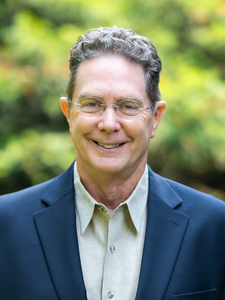Counselors spend much of their time in the details of people’s lives, so they often think about matters of public policy because they have seen its effects on particular people. In the case of recreational marijuana, I am just beginning to see these effects, so I expect that more observations will amend my policy thoughts. But there are some things that are clear.
- It is now considered ordinary to smoke marijuana.
- The marijuana of today is not the marijuana that President Clinton didn’t inhale. Its present potency makes the experience more intense. For some users, the experience is categorically different than the experience of the 1970s. And since growers now have more competition and incentive to develop a better product, more potent strands are sure to come. Expect to see designer strands that have specific types of highs.
- There are no innocent mind-altering drugs. Some are more dangerous and alluring than others, and marijuana falls in far behind alcohol, but we know that they can all become obsessions.
- When a once-illegal substance is legalized, there will be an increase in the use of that substance. American prohibition of alcohol and its repeal have various interpretations, but industrial accidents and domestic problems went down during prohibition, and they went up after its repeal. As states legalize marijuana, there will be a significant increase in users, and there will be an increase in problems that are associated with its use.
- When a state legalizes marijuana, there will be more pressure for neighboring states to follow suit as people flood across state lines and states see an opportunity for more revenue. This has happened with gambling, and it will happen with marijuana.
- As with alcohol, I have known people who were casual users of marijuana and it had no obvious deleterious effects. But I have also known many people whose lives were negatively changed by habitual use, and I have known a few who had psychotic events triggered by marijuana use.
- The use of mind-altering drugs and alcohol always raises the question: What is so wrong with everyday life? But the answer to that question is obvious—there is so much that is hard in everyday life, so many anxieties in daily life. We can understand why many people would seek a moment of chemically-induced peace. In response, the Christian church hopes that we can offer someone better, who reveals to us a larger reality and the possibilities of true peace and joy.
What do we do with this? By its very nature, marijuana doesn’t call attention to itself. It is mellow more than hyper and aggressive, so it is unlikely to ever receive a prominent place on the church’s agenda. Yet all youth leaders must provide a place for this discussion, and pastors will have to decide if and how to speak of recreational marijuana use in states where it is legal.




